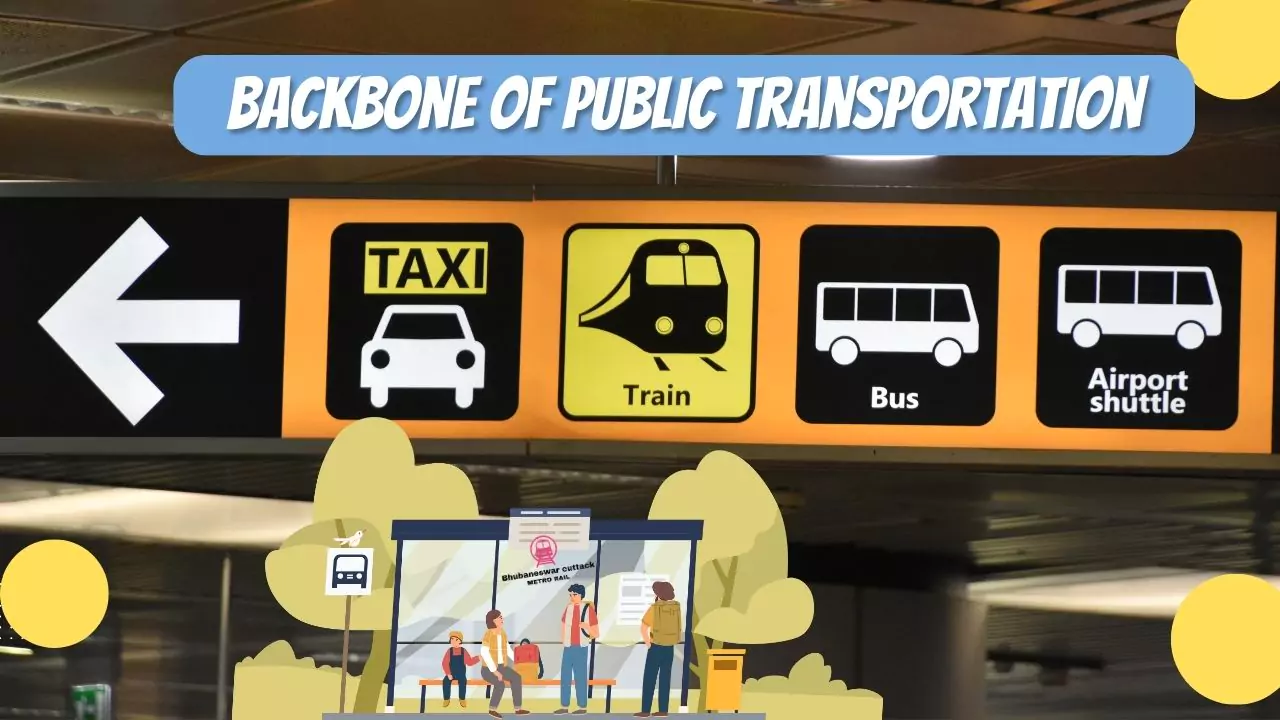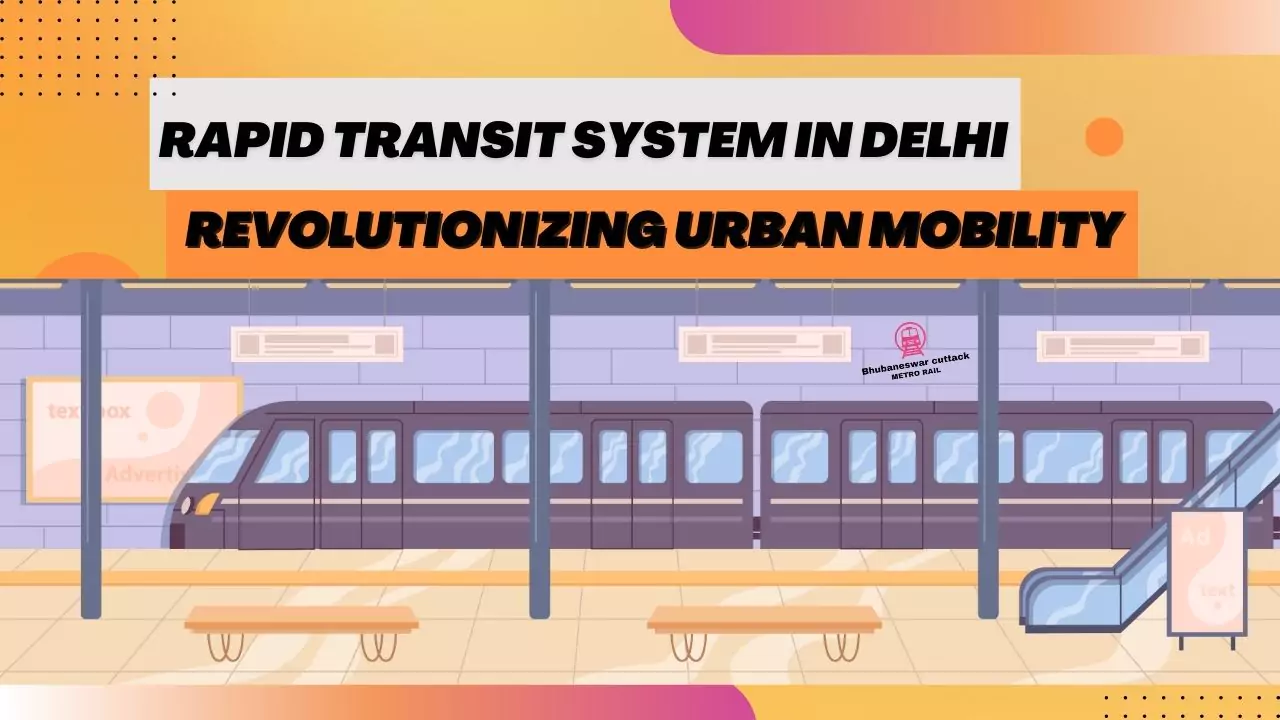Rapid Transit System in Delhi:
Introduction to Delhi’s Transportation Challenges
With Delhi’s burgeoning population and escalating traffic, the need for an efficient public transit system has become imperative. The city’s urban landscape is characterized by a pulsating rhythm of movement, demanding a transit solution that’s swift, reliable, and sustainable.
Overview of Delhi’s Rapid Transit System
Delhi’s rapid transit system has evolved dynamically over the years. The inception of the Delhi Metro revolutionized public transportation, setting the stage for further advancements in transit infrastructure. Comprising diverse systems like the Metro, Bus Rapid Transit (BRT), and more, this network stands as a lifeline for millions traversing the city daily.
Delhi Metro: Backbone of Public Transportation
The Delhi Metro, the epitome of engineering marvel, has transformed the city’s commuting experience. Its expansion and technological innovations have not only alleviated congestion but also redefined urban mobility. The metro’s impact on commuters and the cityscape is palpable, influencing lifestyle and connectivity.

Bus Rapid Transit (BRT) Systems in Delhi
Supplementing the Metro, the BRT system augments Delhi’s transit framework. Its purpose and functionality, while distinct from the Metro, offer an alternate mode of transportation, catering to varying commuter preferences. A comparative analysis sheds light on its significance in the city’s transit spectrum.
Challenges and Solutions
Despite its success, the rapid transit system grapples with challenges like overcrowding and infrastructural management. However, innovative solutions and infrastructure upgrades aim to address these issues, ensuring smoother operations and enhanced passenger experiences.
Integration and Connectivity
Achieving holistic connectivity involves bridging the last-mile gap and fostering intermodal transportation. Seamless integration between different transit systems not only enhances convenience but also optimizes the overall commuting experience for passengers.
Environmental Impact of Rapid Transit System in Delhi
Delhi’s transit system plays a pivotal role in mitigating the city’s environmental woes, reducing air pollution, and embracing sustainability initiatives. The shift towards greener transportation modes signifies a conscious effort toward a more eco-friendly urban landscape.
Economic and Social Implications
Beyond facilitating movement, the rapid transit system has far-reaching economic and social implications. Its influence on businesses, employment, and social accessibility renders it a transformative force shaping the city’s fabric.
Future Prospects and Expansion Plans
The roadmap for the Rapid Transit System in Delhi’s future unveils ambitious projects and technological advancements, promising an even more connected and efficient system.
User Experience and Amenities
Ensuring a commuter-centric approach, the transit system emphasizes passenger comfort, convenience, and inclusivity. Special amenities catering to differently-abled passengers signify a commitment to accessibility.
Cost-Benefit Analysis
A critical evaluation of investments vis-à-vis returns underlines the long-term viability and sustainability of the rapid transit system, portraying a comprehensive picture of its economic significance.
Community Engagement and Feedback Mechanisms
Public participation and feedback mechanisms play a pivotal role in the continuous enhancement of the transit experience. Community engagement fosters a sense of ownership and collaboration in improving the system.
Success Stories and Case Studies
Real-life instances of the system’s positive impact on commuting and lifestyle corroborate its success, painting a vivid picture of its transformative influence.
Government Initiatives and Policies
The government’s pivotal role in steering the development and policy framework of the rapid transit system underscores the concerted efforts toward efficient urban mobility.
FAQs about the Rapid Transit System in Delhi
1. How has the Delhi Metro expanded over the years?
The Delhi Metro has undergone significant expansion, encompassing multiple phases and lines, amplifying its reach across the city.
2. What initiatives promote environmental sustainability within the Rapid Transit System in Delhi?
The system embraces eco-friendly practices like solar power utilization and efficient waste management, reducing its carbon footprint.
3. How does the rapid transit system cater to differently-abled passengers?
Accessible infrastructure, including ramps, elevators, and designated spaces, ensures inclusivity for passengers with diverse needs.
4. What are some upcoming projects shaping the future of the Rapid Transit System in Delhi?
Projects like new metro lines, high-speed rail connectivity, and smart city initiatives are poised to redefine Delhi’s transit landscape.
5. How does community engagement contribute to improving the Rapid Transit System in Delhi? Public feedback mechanisms and participatory initiatives empower citizens, fostering a collaborative approach to enhancing transit experiences.
Conclusion: Shaping Delhi’s Future Mobility
In retrospect, the Rapid Transit System in Delhi stands as a testament to transformative urban mobility. Its evolution and impact on the city’s fabric underscore a vision of a connected and accessible future, shaping the narrative of Delhi’s dynamic landscape.

